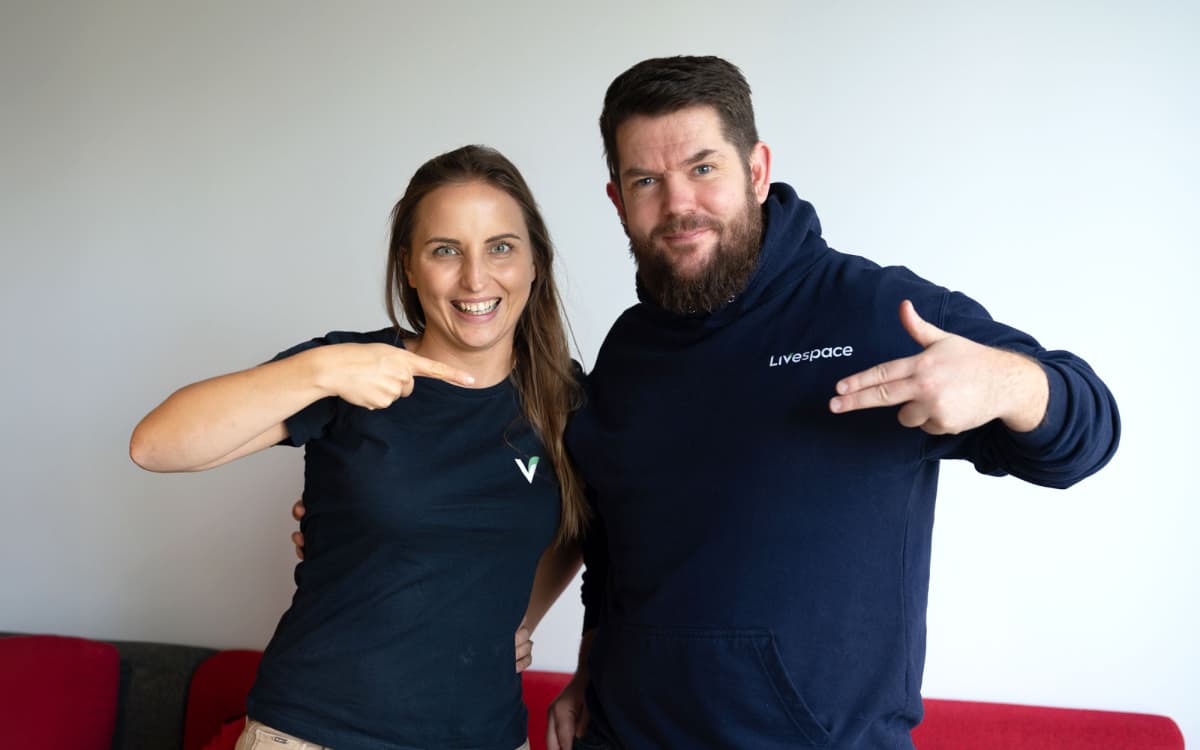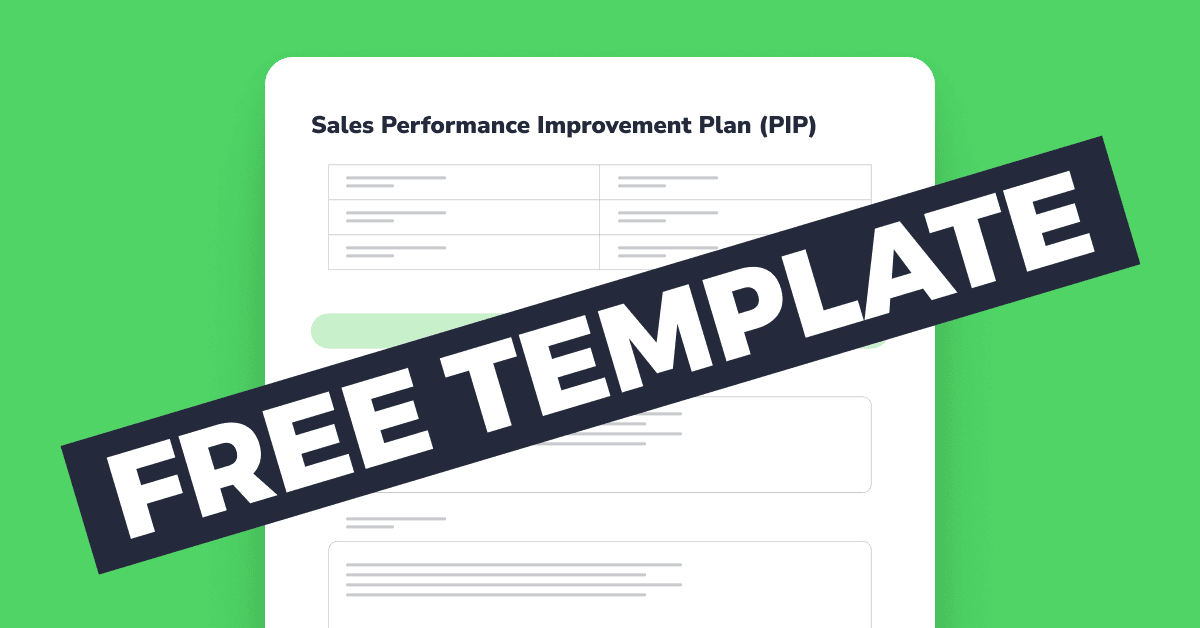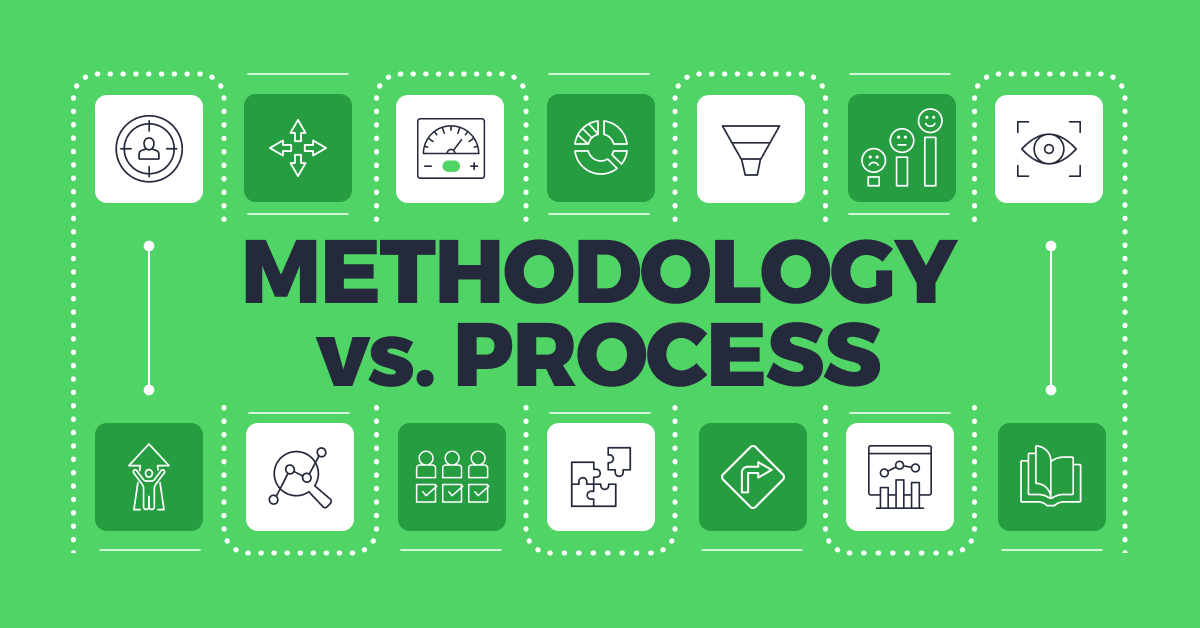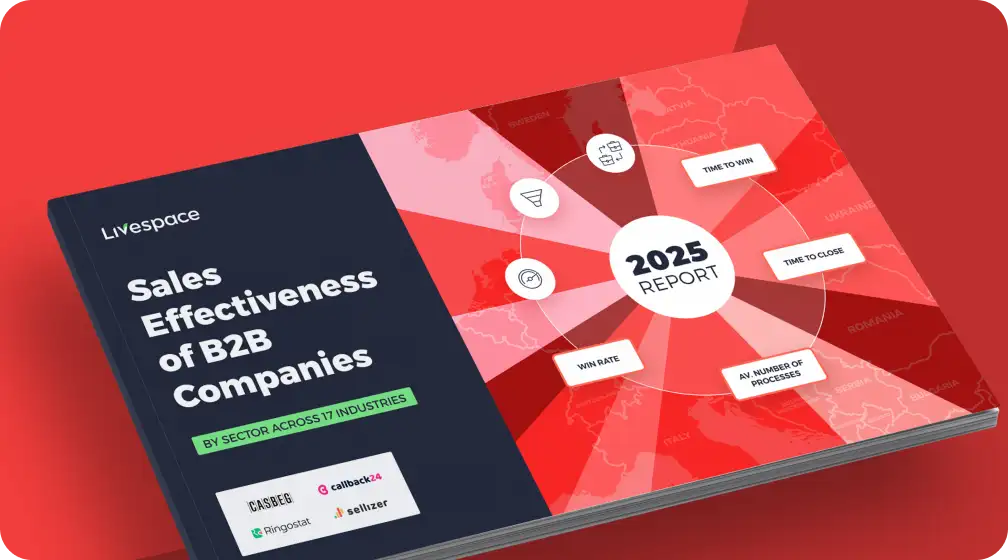Patience and determination – interview with Mick Griffin, Strategic Advisor for Livespace

My name is Mick Griffin and I specialize in helping SaaS companies grow.
Currently, I am the Chief Growth Officer at TRAFFIT and co-founder of Growth52. I bring in experience from recognizable Polish startups like GetResponse and Brand24.
In Livespace I support the board as a Strategic Advisor, as the company continues its rapid growth trajectory.
What would you advise entrepreneurs who want to hire their first salesperson?
When it comes to practical advice, the very best thing I can suggest is to always hire two people at the same time. As an entrepreneur, this will really help you identify the challenges you face in your sales expansion. If you have a single salesperson who underperforms, it’s truly hard to know if this is personal performance, vs challenges with the approach, the industry, the pricing etc. When you have two, you learn twice as fast what works and doesn’t, plus they benchmark each other. It usually ends up with two strong performers.
Secondly, put a strong value on ICP pain knowledge. If you can hire people who already know your ICP, and can relate to their pains, the learning curve will be shorter, and the results will come sooner.
How to build a successful sales strategy and bring money consistently to the company?
It’s the combination of patience and determination.
What do I mean by that? Most sales processes fail because they expect results too fast. So, they burn through leads. When a lead says ‘it’s not a good time’, the sales rep says ok, and moves on to the next lead. As a result, we end up with a process that moves too fast, and jumps to new leads too soon.
What we need to do is actually build a pipeline. Yes, we want to see early results, but ultimately building trust and value with customers takes time. Instead of reaching 10,000 leads once each, try reaching 1,000 leads, ten times each. Learn more about them, follow up, and build relationships.
It’s better to convert 1,000 leads at 10%, than 10,000 at 1%, even though the revenue is the same. You have used fewer resources and built better relationships. All of that adds up to most likely a higher ARPU, and certainly a lower churn.
What’s most important in coordinating sales and marketing efforts in a company?
Transparency in the goals and the results.
I know many marketing teams who have goals of ‘MQLs’, and sales teams who have goals of ‘New MRR’. Actually, both teams would benefit from seeing the wider funnel.
Both teams benefit when they share an understanding of the overall goals they both feed into. Yes, marketing can have a KPI around MQLs, and sales around New MRR. However, both of those can be achieved while the company has huge churn or high lead acquisition costs. When you bring departments together to look at goals such as ‘profits’ or ‘margins’, it allows them to better understand how they complement each other.
The add-on to this is also teams being transparent when a number is lower than it should be. For example, marketing might not share with the company that while MQLs are up, many of them are from a new paid campaign that in real life is not a highly qualified lead. Or sales knows that many deals are lost at the price negotiation stage, but tells marketing they simply ‘need more leads’. Clear communication of departmental challenges allows other teams to adapt and, in many cases, helps the cause.
What’s the most common thing that companies lack in sales?
Time, which causes many problems – I’ll focus on two, though.
Firstly, it means we are not talking enough about our customers’ problems, but we talk too much about ourselves. ‘I am reaching you because I believe our super cool CRM is the key to your success. It has XYZ feature etc etc.’
We are not taking time to research and understand our lead, and what matters to them. We need to talk more about them, and less about us.
The second element that little time has a side effect of is our ability to understand ‘no’. Many times when I am cold-pitched, I reply with ‘I’m not interested’. I do this because I want to see what the salesperson does next. 95% of the time the response is ‘ok, thank you’. Then they move on to the next lead.
What we should invest more time into is ‘why no’. It’s called objection handling. I think we would close twice more deals, if companies invested more time into ‘why no’, than moving on to the next lead.
What advice would you give to a starting sales team manager?
Avoid the trap of ‘I’ll do it here like I did in my last role’.
Yes, you most likely have many skills and experiences that are super valuable, but avoid the idea that you can copy and paste your previous success into your new role. Enjoy the fact that something is new, and you can learn and question everything. You have new sales reps under you, you have new leadership, different products, and different leads. Keep your head up and your ears and eyes open. Learn from your past, but start with a fresh piece of paper and question if what worked for you before will work for you again.
What is the key advice you would give to a starting SDR or BD?
Move fast, and bring energy. As I wrote earlier, the pipeline is key to your success, and sales take time. So you need to start building your pipeline as early as possible. Start adding leads to your CRM, making initial reach outs, making notes about what is unique about each lead. Many SDRs now wait too long before doing this, because they don’t feel ready, and then sadly feel extreme pressure to bring short-term results.
What’s a recent thing you learned or discovered about sales?
I think this is rather obvious now, but we see just how different sales are when the overall economy changes. We talk a lot about peacetime CEOs vs wartime CEOs. But this is felt strongly in sales. Many companies have had to pivot their entire approach to sales in the down economy, and that’s not a bad thing. It’s key to have a dynamic approach to sales that allows for flexibility.
What mistakes have you made as a growth and sales leader? Can you share some of your learnings with us?
I think the clear one is thinking that you as a founder/leader control if you are PLG vs SLG. When we started TRAFFIT on its SaaS growth, we really believed in the Product Led Growth approach, and because we wanted it, that was our pathway. It took us over 18 months to realize that our ICP didn’t want PLG. It was a valuable lesson learned that your growth strategy needs your ICP sign-off. It’s not enough to want to be a PLG company.
You’re currently leading growth at TRAFFIT (ATS for SMEs) and advising a couple of other SaaS companies. What does the current market situation look like for selling tech products?
It’s more challenging for sure. Mostly because many businesses are trying to not add costs to their budgets. So it’s much harder because it’s not about ‘which tools’ but you have to deal with overall decisions of ‘no new tools or costs’. The companies who are doing well now are those who have made migrating into their product from a competitive tool as easy as possible. They have adapted to winning business from competition rather than relying on first-time buyers. However I believe it’s constantly improving, and 2024 will be better than 2023 for most businesses.
What is the current market situation in Poland and globally?
It’s a complex time for both candidates and recruiting companies because we need to let go of our preconceptions. We can have excellent candidates who have 9-month career gaps on their CV, or who were in their last role for just 3 months, yet it had nothing to do with their performance. Recruiters need to work harder to better understand what is written in the CV and try not to make quick judgements.
We are also seeing many SDR-type roles opening in companies because they are not able to make sales, so these are panic hires to try and solve a problem. This can work out well, but we are going to see more and more 3-month hire-and-fire situations because companies are looking for quick fixes, candidates will try to deliver those fixes, but in many cases, it will not work out.
What’s your take on AI in the sales industry?
It can be powerful but mostly will be used to cut corners and give poor sales experiences for leads.
How do you understand PLG and SLG, and which team are you?
Yes, it’s a very interesting time for PLG vs SLG, and I truly believe SLG is making a comeback.
In my definition, PLG is the idea that someone can experience your product and buy it without any human interaction required. It’s really attractive for new companies because of this idea that someone can always be buying your product.
SLG for me is not strictly that you have an outbound sales team selling your products, but that human interaction is usually needed in over 70% of buying processes. It can be due to the customization of your product, or that the ICP doesn’t want to self-test and prefers to be shown around.
Now, in 2024, I feel PLG has dropped in many cases. Due to things like layoffs and budget issues, employees and companies are not finding as much time to try and test ‘nice to have’ tools. They are only shopping in ‘need to have’ situations. SLG has processes in place that help people on that journey from ‘nice to have’ to ‘need to have’ through selling.
It’s something I now believe many PLG-first companies will invest into: having humans help more people on their journeys and do more outbound work to introduce their solutions to buyers who are not ‘shopping’.
Other posts

What is a Sales Process Flowchart? Sales Process Flowchart explained (with Examples)

7 most widely used sales reports (with free downloadable templates)






